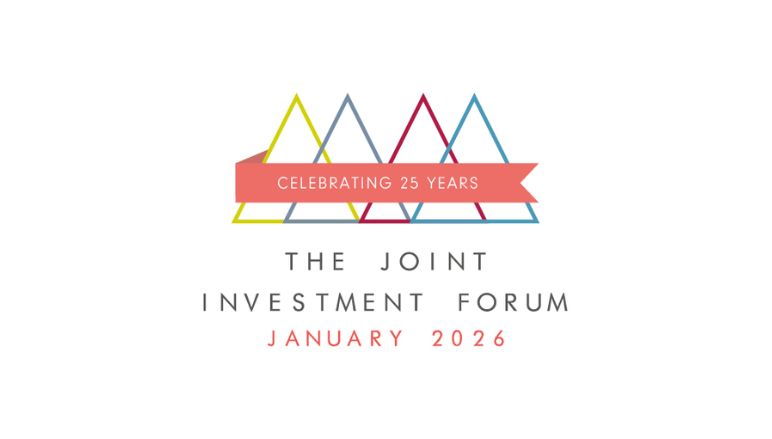HUB EXCLUSIVES PANEL DISCUSSION
Panel discussion, hosted by Cherry Reynard, with:
Qian Zhang, Investment Specialist, Emerging Market Equities, Baillie Gifford
Jen Ford, Investment Director in the 4Factor team, Ninety One
China and India remain the dominant forces in emerging markets. They have helped change the nature of emerging market investment, shifting its geographic and sector composition. What are their prospects today? And what does that mean for the fortunes of the wider emerging market asset class?
China remains the largest market in the MSCI EM benchmark, with around 30% of the market capitalisation. India is emerging as a nascent superpower. It currently holds around 17% of the index, and until its recent wobble, that share was growing quickly. These two behemoths are also an engine of growth for wider emerging markets. As such, their health – or otherwise – can have a significant impact on emerging markets more broadly.
The growth of China, and the government’s growth priorities have helped change the sector. Jen Ford, investment director in the 4Factor team at Ninety One, says: “From a sector view, we have shifted from a commodities heavy asset class to one where technology-driven companies are nearly 40% of the MSCI EM index. That includes companies in the communications services and consumer discretionary sector. The technology driven opportunity set has become quite significant.”
She says there has also been an improvement in the quality of the companies in the sector with growing dominance for private sector companies over state-owned enterprises. “This evolution, transformation, brings a more diversified, exciting, private sector company-led investor universe.”
Qian Zhang, investment specialist, emerging market equities at Baillie Gifford, says the sheer number of companies has increased, with the number of investable companies tripling over two decades. “When we first started managing emerging markets assets, state-owned banks, utilities, telecom companies tended to be the best proxy for investing in emerging markets growth. Now, there’s a wide range of good quality companies – industrial, consumer, ecommerce, digital – from almost every meaningful sector.”
China
Until recently, the performance of China had been a brake on emerging markets. It has faced a perfect storm of geopolitical isolation, lower growth, a flailing property sector and demographic weakness. Investors have shunned its stock markets, leading to three years of declines. However, more recently, a series of stimulus packages, and better signs from the property sector have prompted a turnaround in China.
After a number of false starts, Ford believes it could be different this time. “We are seeing things moving in the right direction. The policy stimulus announced towards end of last September drove a sharp cyclical rally in the Chinese market. The government is signalling they recognise the importance of supporting capital markets and propping up the property market.”
China is in the process of transitioning from old economy into new sectors that are deemed to be more strategically important for the government. That said, investors cannot ignore the property sector, given its impact on consumer sentiment. Any improvement should feed through into stronger sentiment and consumption.
Ford adds: “It is promising to see the signals from the government in support of the private sector. There has been a meaningful pivot in the last 18-24 months. Their most recent meeting with private sector technology companies shows they recognise the important of private sector growth.”
In the meantime, the arrival of AI challenger Deepseek showcased China’s technological prowess. Zhang says this is not an outlier. “China is experiencing an industrial boom across many innovations: in green technology, for example, with dominance globally in solar batteries and EVs. And in industry technology - China installs more industrial robots than the rest of the world combined. One of the companies we invest in has a fully automated 5G factor, and can deliver a finished washing machine every 15 seconds.” She adds that the country is transitioning at scale, creating a lot of opportunities for companies that can benefit from these trends.
Ford points to the increasing trend of buybacks and dividend payouts among Chinese companies, which reveals an improvement in capital allocation practices across the board. Buybacks in 2024 were double their level in 2022 and 2023. Dividend payouts are 3 x their levels 10 years ago.” Behemoths such as Alibaba and TenCent are now paying dividends.
India
India is having a wobble after a lengthy period of strength. Zhang says: “India has outperformed in last three to four years. From a macro perspective, there’s plenty of positivity surrounding India. There is a structural property boom, and increasingly, an affluent middle class, and strong diplomatic leverage on both sides of the US/China divide.” She points out that GDP per capita is still less than $3,000 per year, giving India a strong runway of growth.
However, the problem is the valuation. “High valuations have deterred us from increasing our positions in India. The typical consumer names could be as high as 70x price to earnings. If you look at similar names in China, they are closer to 17x. You need to have strong conviction on growth to justify that valuation. We recognise the structural growth is there, but are waiting for better timing.”
Ford says India provides a diverse opportunity set across consumption, capex and the property sector, but agrees that valuations are still too high in many cases. She adds: “We have to look at whether these are countries that can grow into their multiples. There is less margin of safety so we need to stay close to the names we hold.”
Nevertheless, they can still find good companies at reasonable valuations: “One of our highest conviction companies is a top operator in the real estate sector.” The growth is supported by urbanisation and good affordability plus increased regulation.
After a period in the wilderness, China is delivering more interesting opportunities than India today. However, as Indian markets pull back, it may bring valuations down to more realistic levels and prompt fund managers to take another look.


















